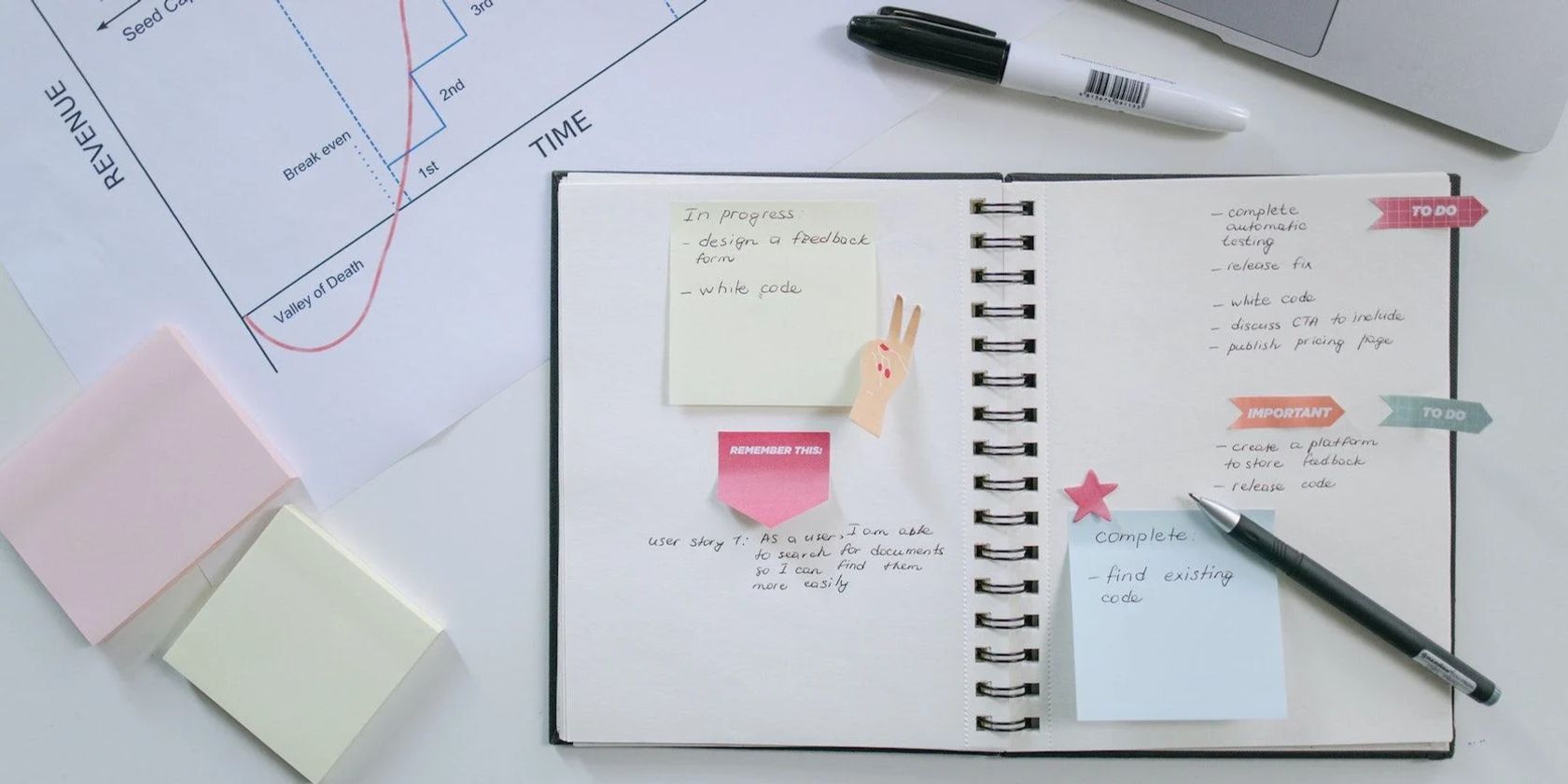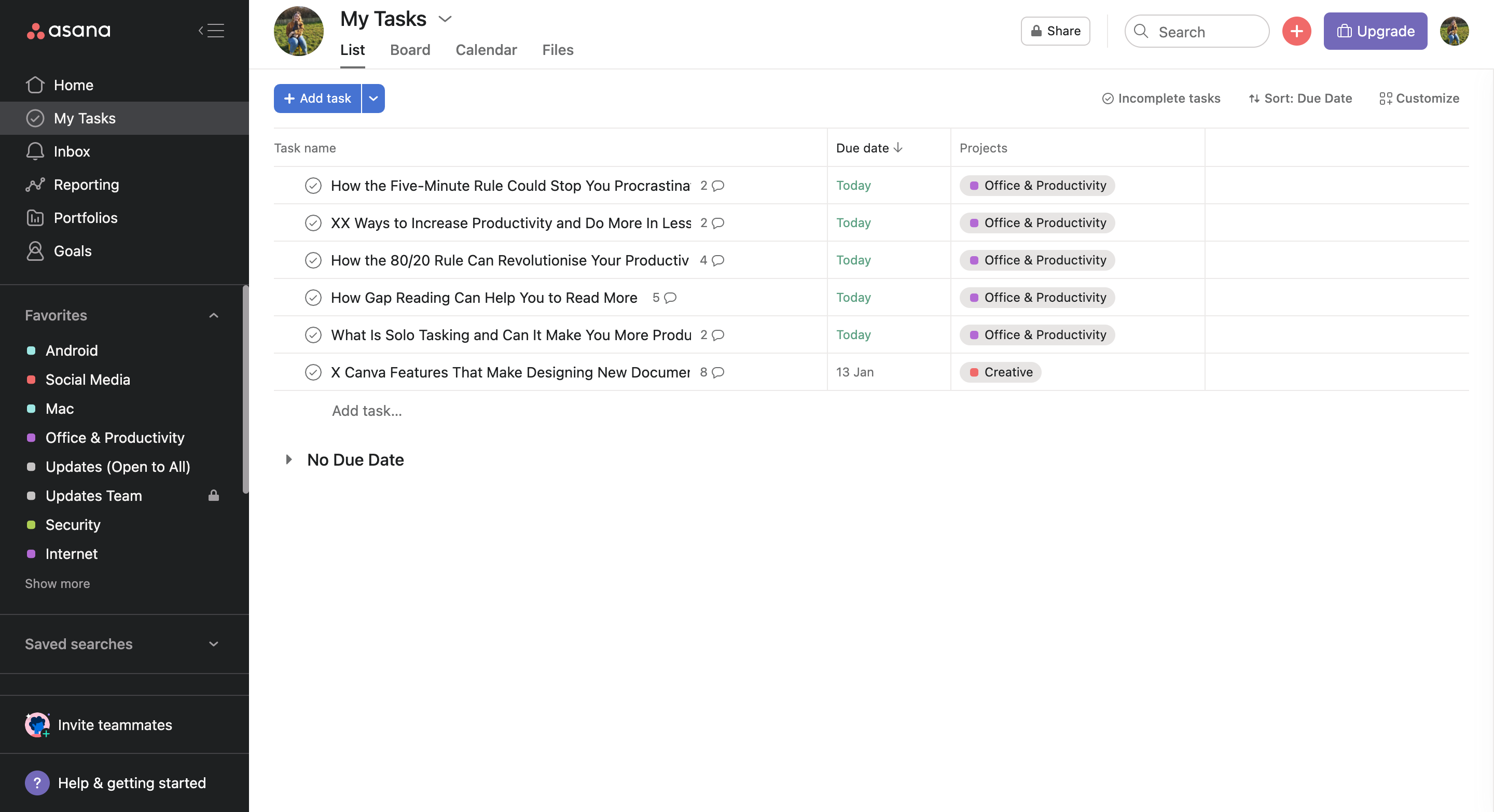Forget multitasking; there’s a new productivity hack in town. If you often get distracted when juggling multiple tasks, or find yourself taking on too much and never finishing any of your projects, then you may need to ditch multitasking and try solo-tasking instead.
What Is Solo Tasking?
Solo tasking, also called monotasking, is a new approach to work and involves tackling one thing at a time. By focusing 100% of your attention on any one task, rather than trying to split your attention between projects, you’re more likely to avoid distractions and produce high-quality work.
What Are the Benefits of Solo Tasking?
Besides making it much easier to keep track of your progress, there are many benefits to solo tasking. Here are just a few of them:
1. Solo Tasking Can Increase Your Productivity
While multitasking may make you feel more productive, solo tasking can actually help you to be more productive. By dedicating all of your attention and energy to one task at a time, you’re going to be able to work faster and more efficiently.
2. Solo Tasking Can Reduce Errors
Jumping from one task to another is a sure-fire way to start making mistakes. By keeping your mind on one thing at a time, you’ll reduce errors in your work.
3. Solo Tasking Can Improve the Quality of Your Work
By concentrating on one task at a time, you’re automatically encouraged to focus on the quality of your work rather than the quantity. Trying to do too many things at once often leads to sloppy mistakes and could lead you to cut corners.
4. Solo Tasking Can Help You Focus for Longer
If you struggle with your attention span, then solo tasking is a fantastic way to stay focused. When you’re in the zone, you get to remain there, rather than having to jump in and out of your zone on different tasks or projects.
5. Solo Tasking Is Less Stressful
Finally, focusing on one thing at a time is overall a lot less stressful than trying to juggle too many things at once. While your to-do list might be long on any given day, tackling them one at a time rather than all at once will result in a lot less stress for you.
3 Tools to Help You Solo Task
While you don’t need apps or tools to get started with solo tasking, they can help you to visualize your workload and organize your workflow. Here are a few to consider:
1. Asana
Asana is a work management tool and is excellent for managing your own tasks or tasks shared between a team. If you’re going to try solo tasking, then Asana can help you to visualize your workload and organize your tasks by priority. Asana is available as a desktop application and can also be used on both Android and iOS—you’ll find some handy Asana hacks here.
Download: Asana for Android | iOS (Free, subscription available)
2. Todoist: To-Do List & Tasks
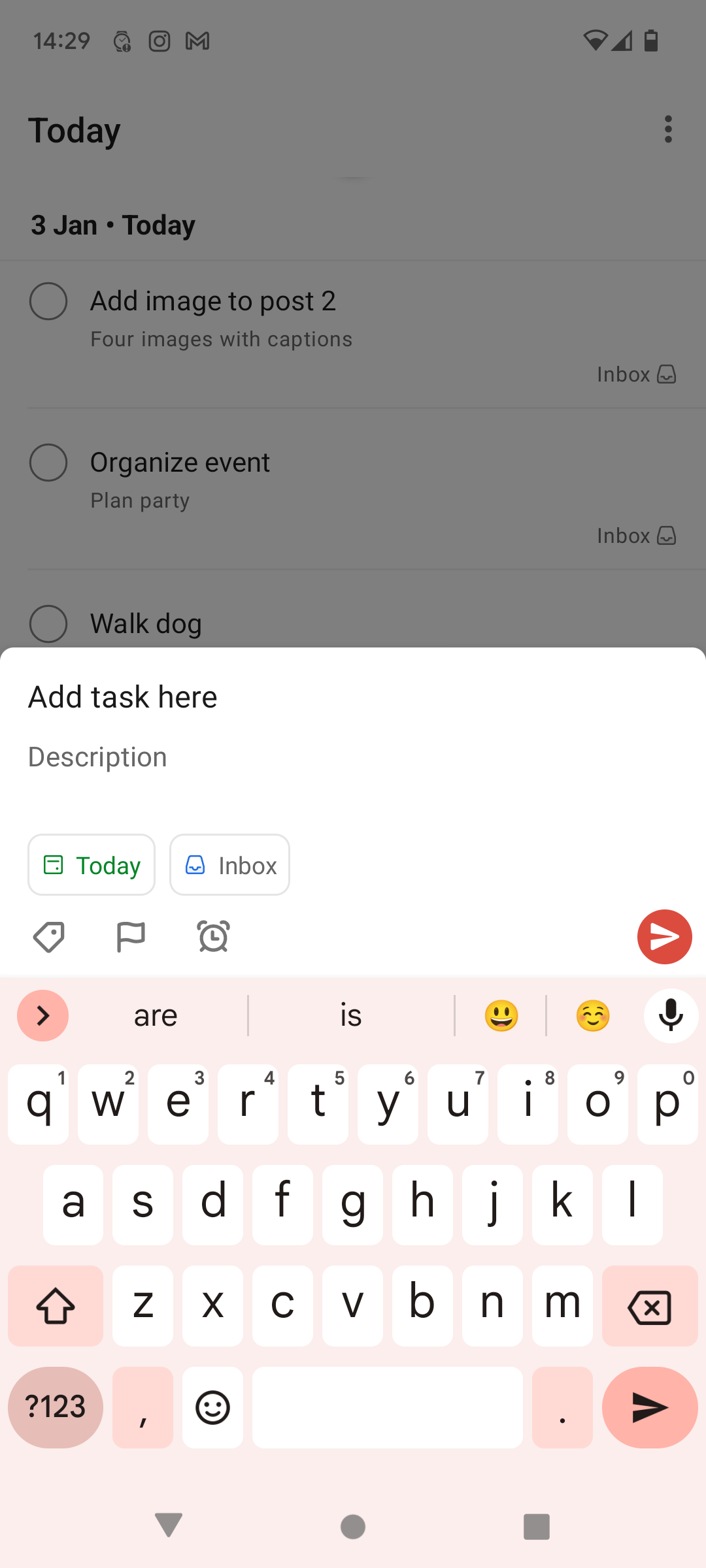
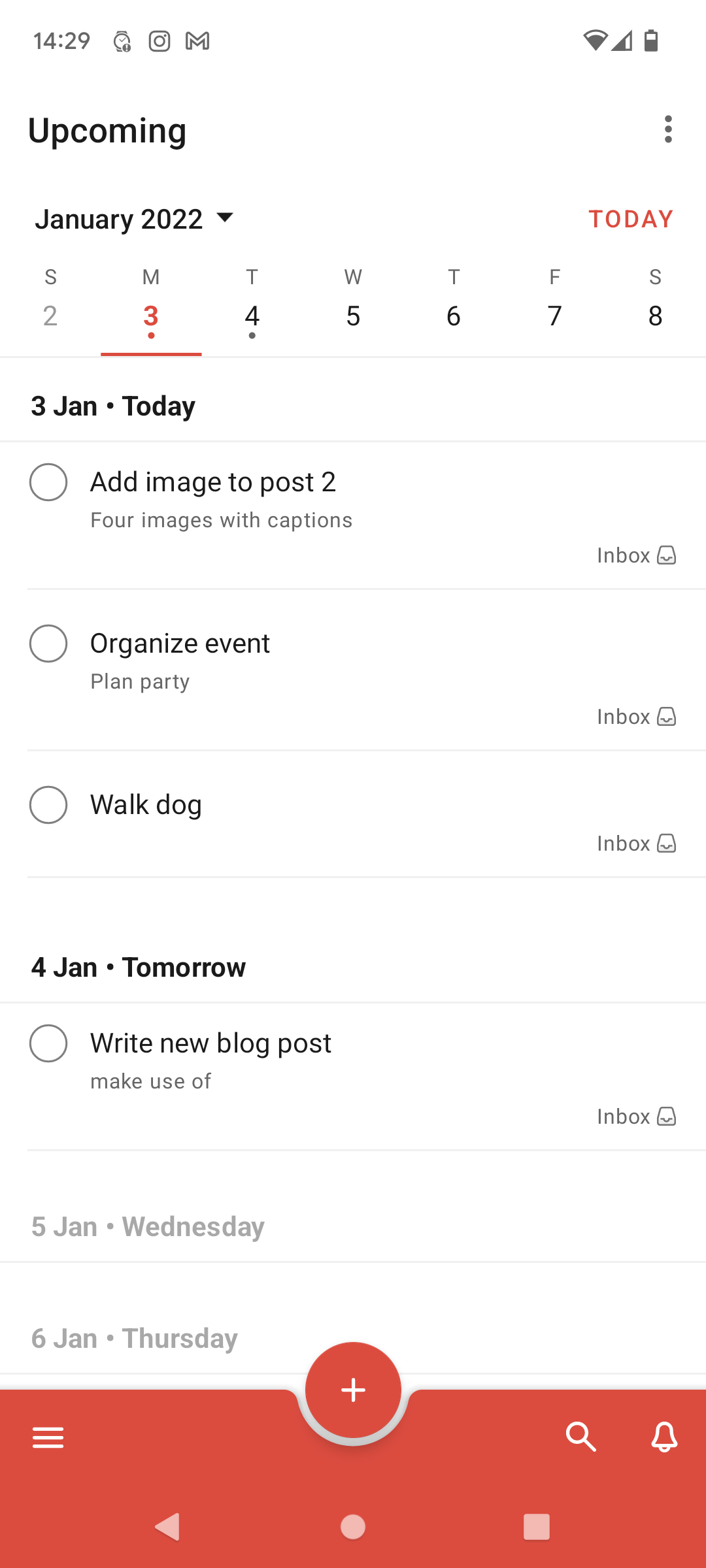
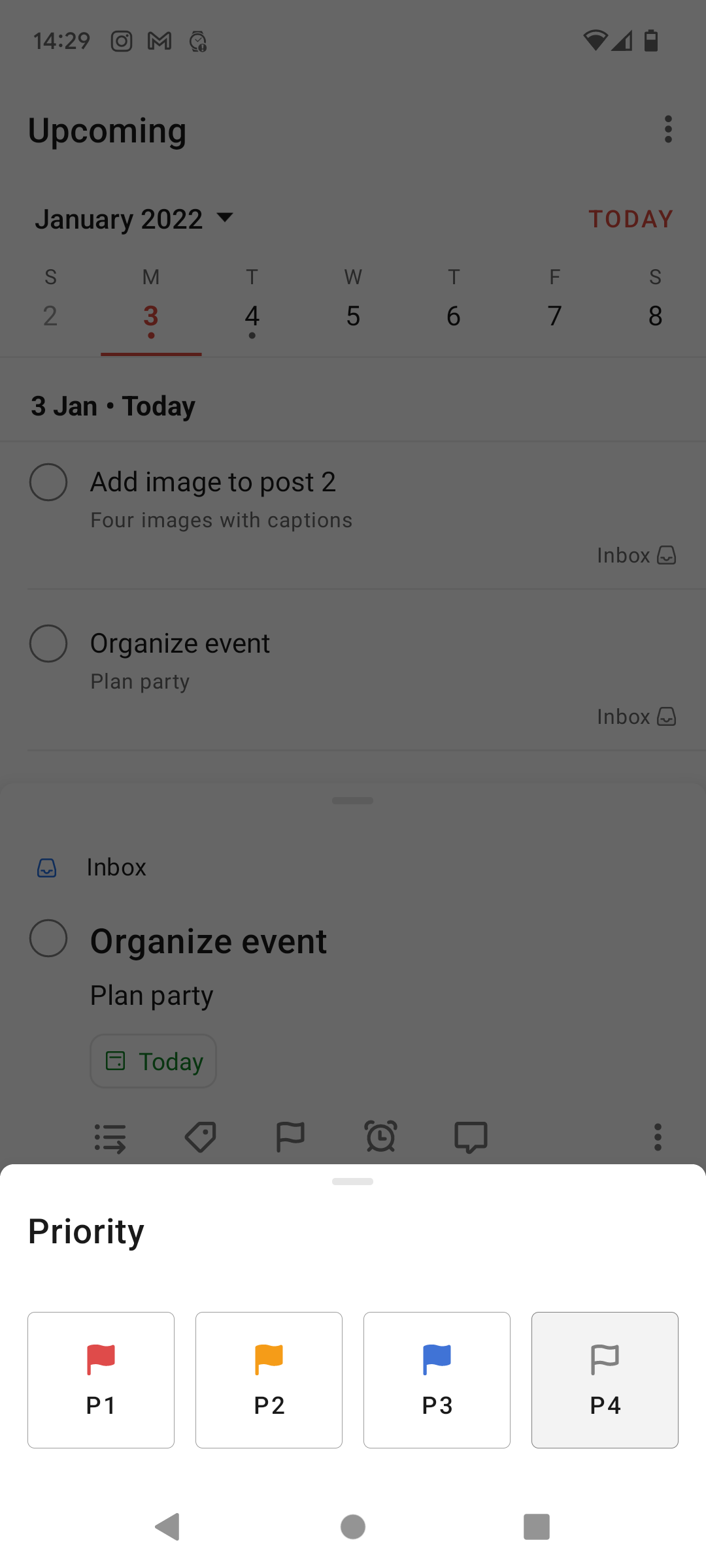
While there are hundreds of to-do-list apps on the market, Todoist remains one of the most popular, with more than 20 million downloads. Like Asana, Todoist can help you organize your tasks and assist you with remembering deadlines and due dates.
Still, perhaps the best thing about Todoist is its ability to integrate with tools such as Gmail, Google Calendar, and Slack.
Download: Todoist for Android | iOS (Free, subscription available)
3. Focus To-Do: Pomodoro Timer & To-Do List
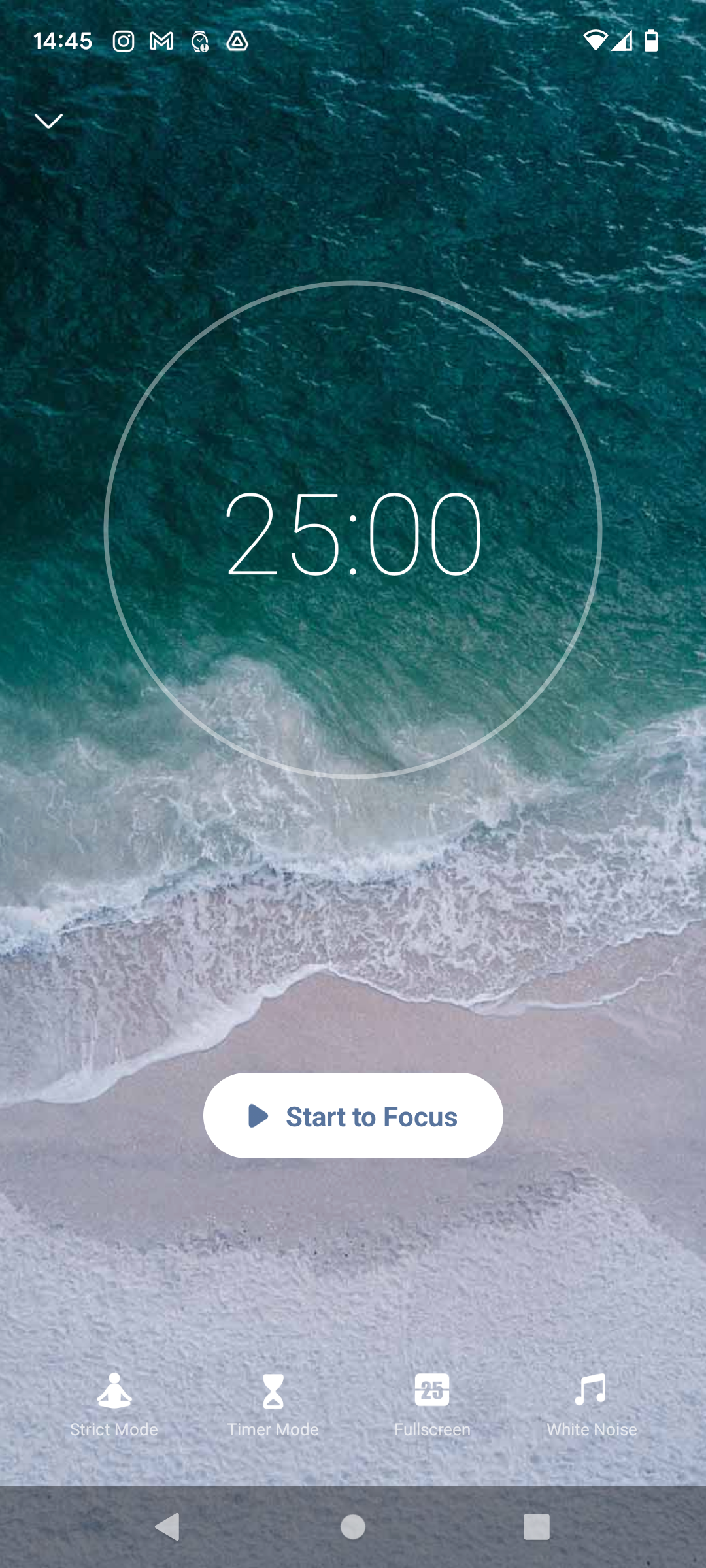
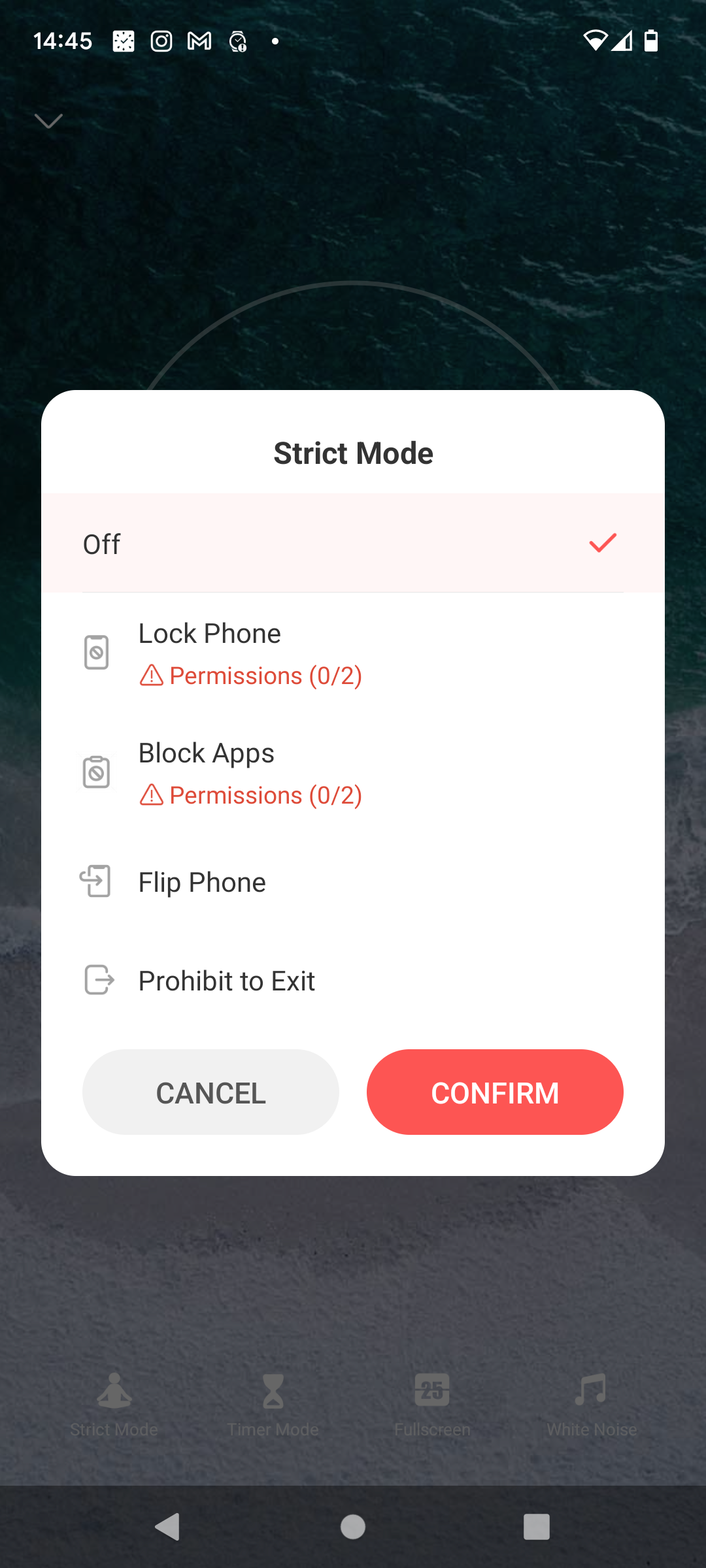
To really take solo tasking to the next level, it’s common to pair it with the Pomodoro technique. Simply pick a task you need to accomplish. Start your timer for 25 minutes and get to work, and when the Pomodoro timer rings, take a 5-minute break.
By focusing 100% of your attention on one task and allowing yourself short breaks between working periods, you’ll be able to concentrate for longer and finish your work even more efficiently.
Download: Focus To-Do for Android | iOS (Free)
Get More Done by Doing Less
The idea that you could actually get more done by doing less may be hard to get your head around, but once you try solo tasking, you’ll never want to go back.
Solo tasking is a brilliant way to make yourself more productive and works exceptionally well with many other popular productivity techniques such as the Pomodoro method mentioned above, time blocking, and the five-minute rule.

